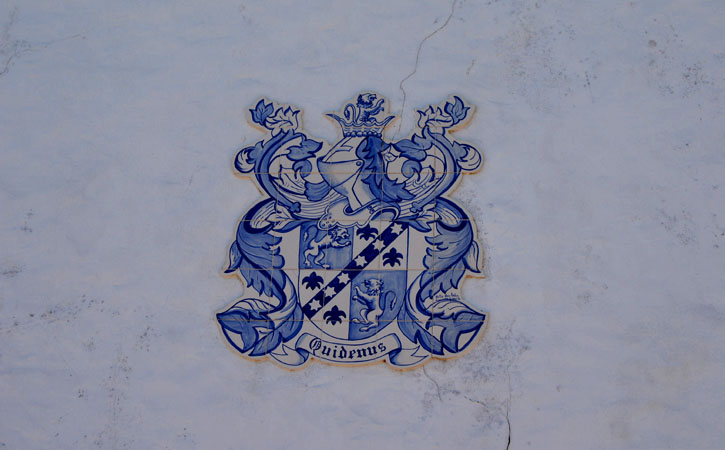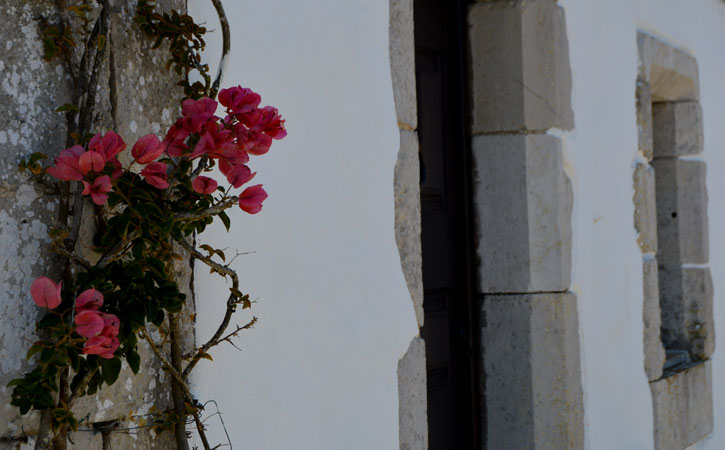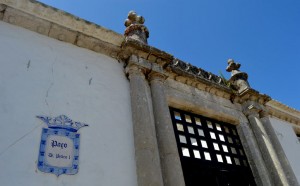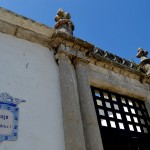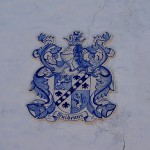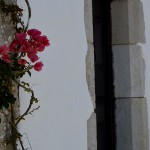D. Pedro I Palace
D. Pedro I Palace
The D. Pedro I Palace is also known as Palácio da Serra d’El-Rei, is an old royal palace, whose construction is attributed to D. Pedro I, in the 14th century.
The building served to house the Royal Family when it moved there, dedicating itself on those occasions exclusively to the breeding and hunting of peacocks and falcons.
Both D. Pedro I, and his son D. Fernando I, also D. João I and D. Filipa de Lencastre were frequent presence in the Paço de D. Pedro I.
In the 16th century, the building passed to the possession of the Counts of Atouguia, the great lords of the region, who were in charge of the conservation of the building, at a time when Atouguia da Baleia was the county seat and therefore the main settlement in the area.
As a consequence of the assassination attempt of D. José I, in the 18th century, and which became known as the Távoras Process, the Marquis of Pombal ordered that the assets of the Counts of Atouguia be confiscated, beginning a period of progressive degradation of the building.
Highlights of the D. Pedro I Palace
In artistic terms, the staircase and living room with tiles are worth mentioning.
Its historical and artistic virtues motivated its classification as a Property of Public Interest in 1939, thus safeguarding the building and the history associated with it, which is also a legacy for the community of Serra d’El Rei.
Due to its antiquity and history, the D. Pedro I Palace constitutes an important local heritage and symbol of the passage of the Royal Family through the area, and is therefore also an important element of local identity.
Today the Paço de D. Pedro serves as tourist accommodation, so visits to its space are dependent on the authorization of the owners and explorers of the Palace.


